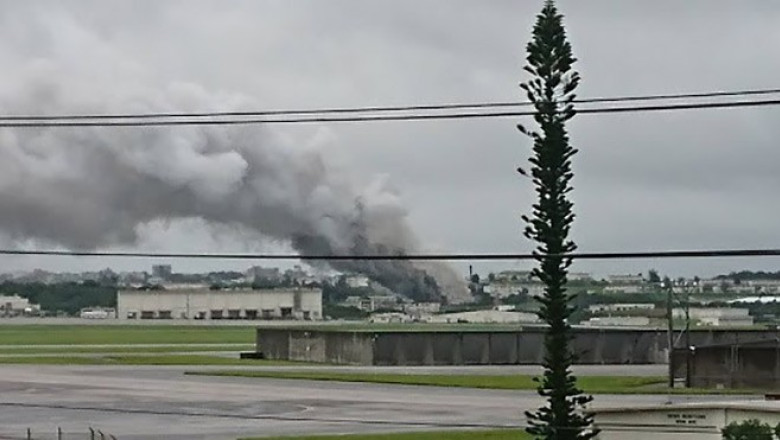Four Japanese Self-Defense Force members were hospitalized following an explosion at a storage hangar in Okinawa.
Others are reading now
An explosion at a U.S. military base in Okinawa, Japan injured at least four members of the Japanese Self-Defense Forces (SDF), local fire officials confirmed Monday.
The incident occurred inside a temporary storage hangar where SDF personnel were inspecting and cleaning old, rusted objects believed to be unexploded ordnance.
Akira Kamiunten, a spokesperson for the Okinawa fire department, told AFP that the explosion happened during an SDF operation to verify whether the stored items were still active explosive devices. The injured personnel were immediately hospitalized.
According to Jiji Press and other news outlets, their lives are not believed to be in danger.
Also read
A spokesperson for Japan’s Ministry of Defense confirmed that the explosion occurred at Kadena Air Base, the largest U.S. Air Force installation in East Asia.
A Site of Strategic Tension
While the explosion appears to have been accidental, the location adds to the complex legacy of Okinawa’s role in U.S.-Japan military relations.
The island—devastated during World War II and host to one of the war’s bloodiest battles in 1945—remains a critical hub for American military operations in the Indo-Pacific.
Today, Okinawa houses about 70% of all U.S. military base land in Japan, despite accounting for less than 1% of the country’s total land area. More than half of the 50,000 U.S. military personnel stationed in Japan are based across its archipelago, with a substantial concentration on Okinawa.
The continued presence of U.S. bases has been a source of both local resistance and diplomatic friction, particularly amid safety incidents and environmental concerns.
Monday’s explosion is likely to renew scrutiny of base operations, especially in areas involving hazardous material storage and joint Japanese-American coordination.
As of now, investigations into the cause of the explosion are ongoing, and neither the U.S. military nor Japanese authorities have released additional information on the nature of the objects being inspected or safety protocols in place.


